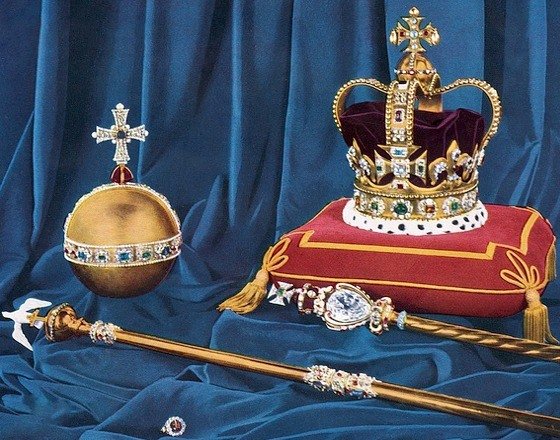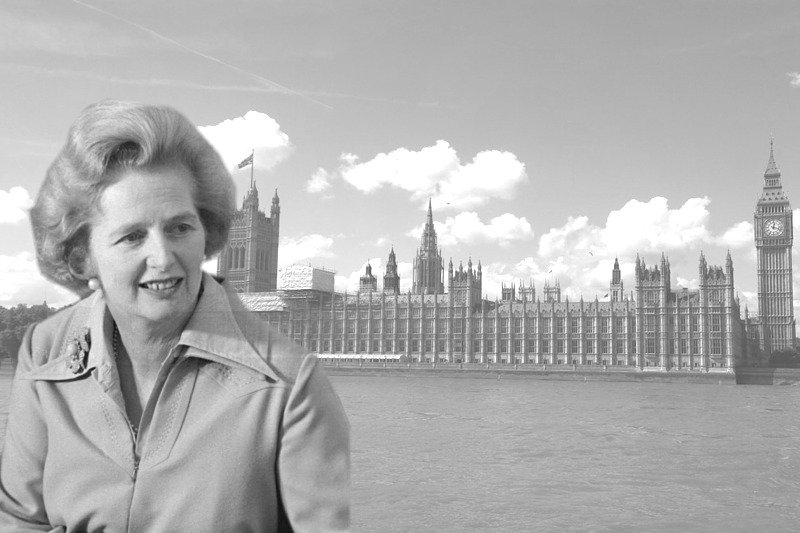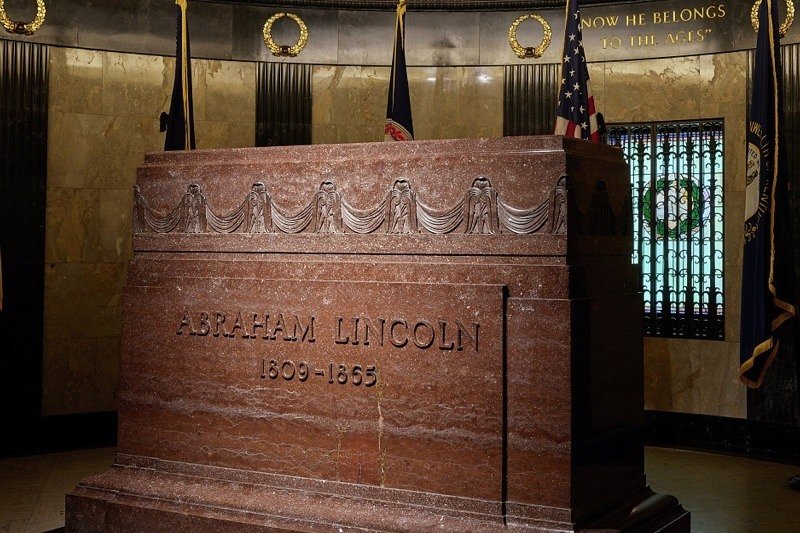Thomas Blood and the Crown Jewels of England
The story of Thomas Blood and the crown jewels almost beggars belief. Irish-born Blood attempted to commit one of the most audacious crimes in British History – the theft of the Crown Jewels of England.

Lieutenant Blood, Captain Blood or Colonel Blood?
Thomas Blood was a reprobate – a self-serving good-for-nothing. During the First English Civil War, he served with the Royalists loyal to King Charles II. As the conflict played out, he found it convenient to change sides, and he became a lieutenant in Oliver Cromwell’s Roundhead Army. remembered by many as Colonel Blood or Captain Blood, he was actually a self-styled colonel, conman and attempted murderer. It’s likely that those who refer to Thomas Blood as Captain Blood are confusing him with the protagonist in Rafael Sabatini’s novel Captain Blood (and/or the film adaption starring Errol Flynn).
Blood had achieved high office and been granted a large estate during the administration of Oliver Cromwell. However, with the Restoration of the Monarchy, he lost everything and fled to Ireland in 1660. While there, he became involved in various treasonous plots and eventually, with a price on his head, he escaped to Holland.
The Attempted Theft of the Crown Jewels
Blood returned to England in 1670 disguised as a doctor and actually practised medicine as he plotted the theft of the Crown Jewels.
In time, disguised as a parson, he managed to ingratiate himself with Talbot Edwards, the keeper of the jewels. They became fast friends and met frequently at the Tower. When Blood suggested a meeting between his well-to-do nephew and Edward’s daughter, Edwards was delighted by the prospect and set a meeting for 9th May 1671.
Blood arrived with his party on the appointed evening and while the young couple were becoming acquainted, Edwards was happy to allow his other guests to examine the Crown Jewels.
As Edwards unlocked the door to the jewel chamber, Blood stabbed him and beat him unconscious. Blood and his accomplices then attempted to abscond with the crown, the orb and the sceptre.
However, Edwards soon roused and screamed “Murder! Treason!” enabling the tower guards to locate and apprehend Blood and his co-conspirators before they could make good their escape.
In custody, Blood refused to answer to anyone but King Charles (II) himself. Surprisingly, Charles agreed to the arrogant demand and had Blood brought to the palace to be questioned by members of the Royal Family.
According to contemporary reports, Charles roared with laughter when advised by Blood that, upon inspection, he had found the Crown Jewels to be grossly overvalued. The King asked Blood, “What if I should give you your life?” Blood replied humbly, “I would endeavour to deserve it, Sire!”
Inexplicably, Blood was released from custody and granted sufficient land in Ireland to provide him with a substantial income. He also became a frequent and favoured guest at court.

With the restoration of the monarchy and the coronation of King Charles II pending, it was decided to fashion new crown jewels based on existing records of lost items. These newly crafted 22ct gold replicas formed the core of the Crown Jewels of England – later to become the Crown Jewels of the United Kingdom.
Today, the Crown Jewels include fabulous diamonds, pearls and gemstones, including Cullinan I and Cullinan II – the two largest polished diamonds in the world. Cullinan I is set into the Sovereign’s Sceptre and Cullinan II is set into the Imperial State Crown.
What Became of the Original Crown Jewels?
Following the execution of King Charles I and the abolition of the monarchy, trustees were appointed to value the Crown Jewels of England, which Oliver Cromwell described as being “symbolic of the detestable rule of kings” and “monuments of superstition and idolatry”.
Coronation and state regalia, including Henry VIII’s Crown – the most valuable item in the collection – had stones removed and were melted down to be struck into gold coins. Additional items were sold or gifted to dignitaries.
The Crown Jewels Today
With the restoration of the monarchy and the coronation of King Charles II pending, it was decided to fashion new crown jewels based on existing records of lost items. These newly crafted 22ct gold replicas formed the core of the Crown Jewels of England – later to become the Crown Jewels of the United Kingdom.
Today, the Crown Jewels include fabulous diamonds, pearls and gemstones, including Cullinan I and Cullinan II – the two largest polished diamonds in the world. Cullinan I is set into the Sovereign’s Sceptre and Cullinan II is set into the Imperial State Crown.




Your website has a picture of the orb, scepter and coronation crown which we would like to use on the front cover of our parish church magazine in May.
Would you kindly let me know if the picture is protected by copyright, and if so, as a charity, would we be able to have permission to use it?
Hi Dorothy,
This image is in the public domain and is available at Wiki Commons. Here is the link:
https://commons.wikimedia.org/wiki/File:Crown_Jewels_of_the_United_Kingdom_1952-12-13.jpg
Please verify the copyright information on that page. The image was taken in 1952.
Good luck with your work.